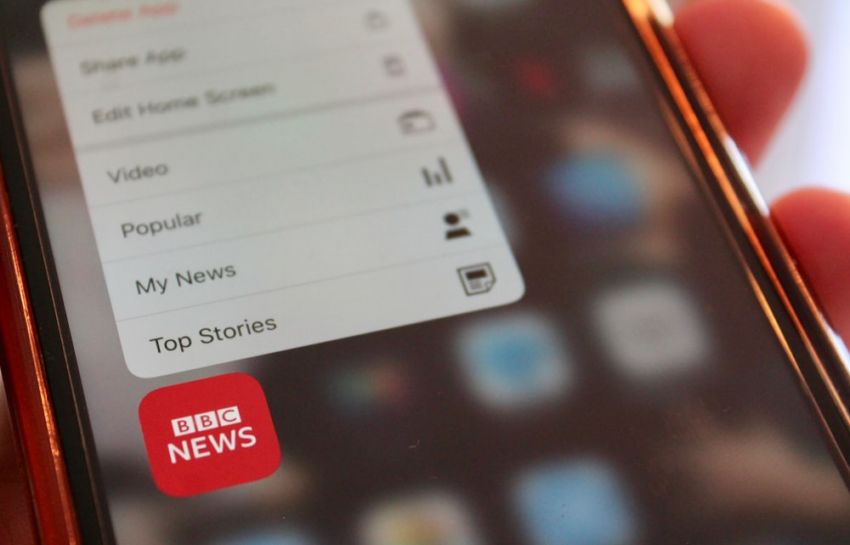As technology evolves, so does everything that depends on it to remain relevant and at the forefront of its industry. Broadcast journalism is undergoing significant changes for this very reason. Learn to stay visible as a broadcast journalist by following OTA Talent News.
As we look to the future, several key trends are emerging that are set to redefine broadcast journalism. Let’s explore these trends and discuss how journalists can adopt them to stay ahead of the curve.
Immersive Storytelling
One of the most exciting trends in this industry is the rise of immersive storytelling. This involves using technology to create a more engaging and interactive viewer experience. Virtual reality (VR), augmented reality (AR), and 360-degree video are just a few examples of the tools used to bring stories to life in new and exciting ways.
These technologies allow journalists to transport their audience to the story’s heart, creating a sense of presence and immersion that traditional formats cannot match.
Nepal’s RYOT News used virtual reality to give viewers a panoramic view of the devastation following the 7.8 magnitude earthquake that shocked the country. Despite not being there, you could experience the devastation, VR headset notwithstanding.
AI-Driven Reporting

Artificial Intelligence (AI) is another trend shaping the future of broadcast journalism. AI-driven tools can quickly analyze vast amounts of data, uncovering patterns and insights impossible for a human to find.
This can help journalists to identify new stories, fact-check information, and even write articles. Case in point: Gannett, America’s largest newspaper, has generated articles for the past eight months.
AI can also automate routine tasks, freeing journalists to focus on more complex and creative aspects of their work. For instance, it can monitor social media feeds for breaking news, transcribe interviews, or generate graphics for a news story.
Mobile Journalism
Mobile journalism is becoming increasingly important because its platform is so ubiquitous.
TV news correspondents now use their phones to record videos, edit footage, and broadcast live to their audiences. This allows for real-time reporting from the field, bringing viewers closer to the action.
Mobile journalism also opens up new possibilities for citizen journalism, as anyone with a smartphone can now capture and share news as it happens. This trend is likely to continue as technology improves and becomes more accessible.
The future of broadcast journalism is anything but staid and boring. By embracing these changes and adapting to new technologies and ways of storytelling, multimedia journalists can ensure they stay relevant and gainfully employed.
About OTA Talent
As a leading TV news agency with an exclusive scouting program, OTA Talent’s clients thrive in top broadcasting and journalism roles worldwide. News stations and networks turn to OTA Talent when seeking exceptional talent for high-profile positions, ensuring widespread recognition regardless of location. For more information about our representation, development and multimedia journalists career services, visit https://otatalent.com/.















